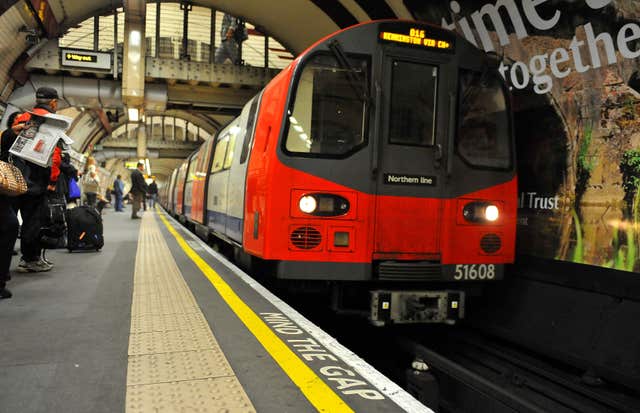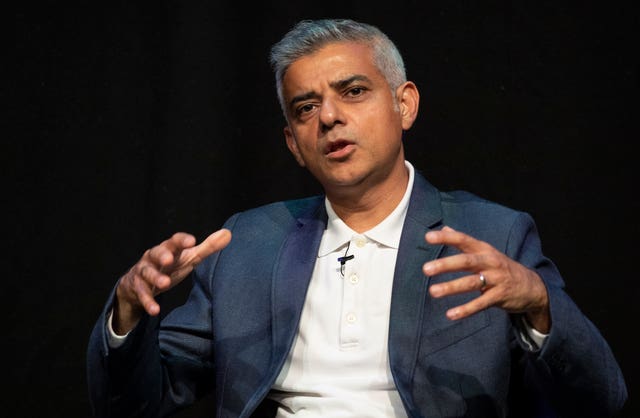
Properties in London are set to benefit from a £10 million investment in full fibre broadband using Tube tunnels and public buildings to deliver gigabit speeds.
Mayor of London Sadiq Khan announced the latest upgrade from copper cables to full fibre optics, in a bid to help the capital catch up with other cities across Europe.
Full fibre, which is fast enough to download a two-hour high definition movie in about 25 seconds, is only available to around 11% of properties in London at present.
The plan will start with 118,000 premises in south London and hopes to tackle so-called “not spot” areas where connectivity is particularly poor.

“London’s future digital connectivity will be built on fibre,” Mr Khan said.
“High-speed connectivity is crucial for businesses of all sizes and sectors, not to mention Londoners accessing digital services at home and around the city.
“This represents the largest investment in connectivity City Hall has ever made – the funding I’m announcing today unlocks the potential for us to use the Tube network and public buildings in bringing gigabit-speed connectivity to Londoners currently putting up with poor service.
“I hope this provides the catalyst for further investment from the public and private sectors – I’m urging them to match my ambitions to get all Londoners connected.”

The investment will cover the installation costs of linking fibre optic cables to public buildings, such as community centres and libraries, as well as reducing the cost to providers of laying cabling between the public buildings and Londoners’ homes and businesses.
City Hall says the additional funding brings its total investment in full fibre connectivity to more than £30 million, which will help more than 400,000 homes across London.
“We’re delighted that we can help increase connectivity across the city by using the London Underground to help provide better broadband internet,” said Shashi Verma, chief technology officer at Transport for London.
“This work is on top of our wider plans to remove one of London’s biggest not-spots by bringing 4G to the Tube network, with the first section on track to go live from March 2020.”
Jamie Harris is PA Science Technology Reporter.